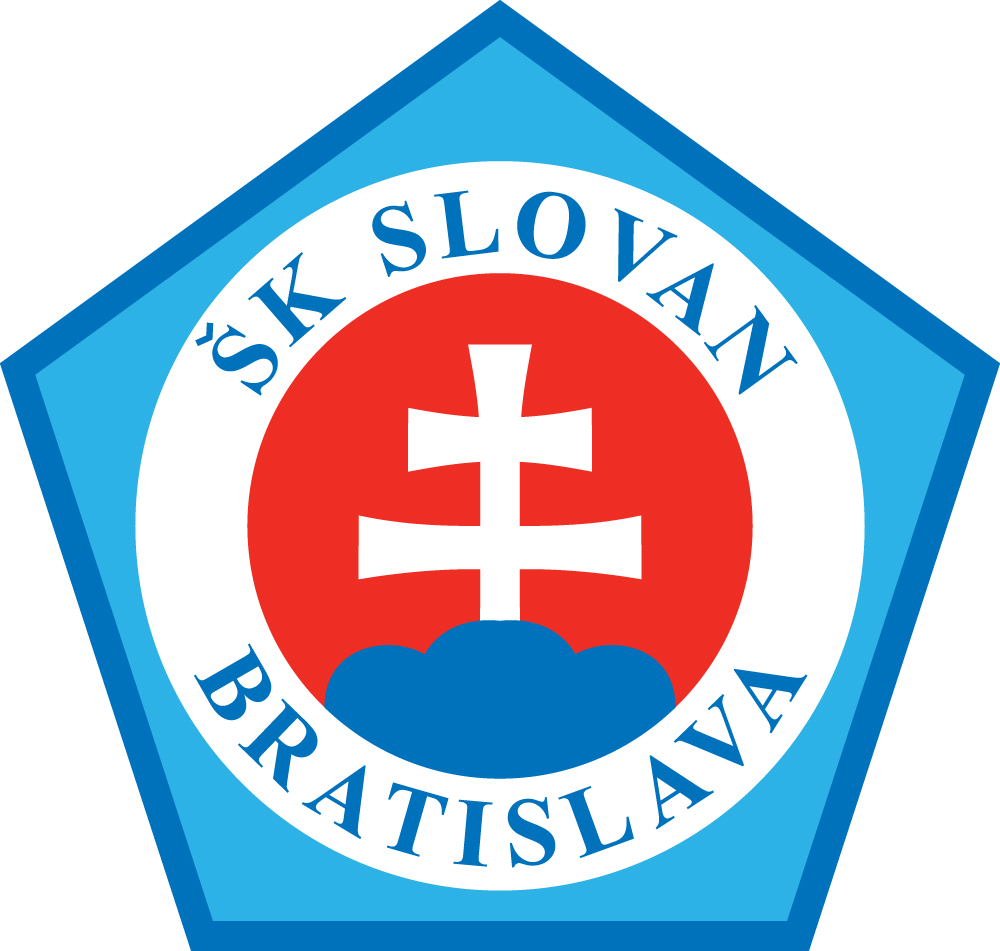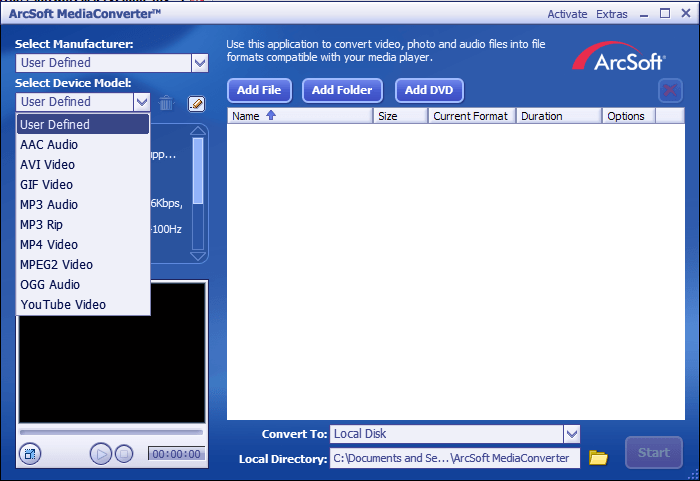Footgolf is a sport growing in popularity around the world and its concept is very simple: it is golf played with a football. So, in one sense, it is exactly like Dougal McGuire's spider-baby concept in Father Ted. Professional sports today have truly become a global force, a common language that anyone, regardless of their nationality, can understand. Yet sports also remain distinctly local, with regional teams and the fiercely loyal local fans that follow them.
The Lichties had won a free-kick in their own half, some nice play down the left betwen Hilson and Hamilton, free’d up space for the left-back to whip a low ball into the United box. Who else but former Dark Blue, Craig Wighton, arrived at the near post to prod the ball under Siegrist and give the part-timers the lead at Tannadice. Slovakia - Slovakia - Government and society: The Slovak National Council adopted a new constitution for the republic on September 1, 1992, four months before the partition of the federation. In general philosophy, this document—like its Czech counterpart—reflects the Charter of Fundamental Rights and Freedoms passed by the former Czechoslovak Federal Assembly in 1991.
Karen A. Melis is passionate about helping people reconnect with their Slovak roots. Karen lived in Slovakia as a Fulbright Scholar developing relationships with many archives and parishes. She has 25+ years of hands-on research experience and has personally digitized records in Eastern Slovakia, Polish Spisz, Orava and the Podhale Region villages. Most of these records have never been microfilmed. Based on her intimate knowledge, experience, and research capabilities, Karen formed SlovakGenealogy, LLC to help others find their Slovak roots in Slovakia and southern Poland.
Karen was a presenter for Tracing Your Eastern European Roots at the Genealogical Research Institute of Pittsburgh (GRIP) presenting lectures on
- Understanding and Interpreting Birth, Marriage, and Death Records in Eastern Europe
- In Search of Records–An Anecdotal Journey Through Poland and Slovakia
- The Spirit of the Lake: A Local Legend Turned Genealogical Case Study
As moderator of the Eastern European Special Interest Group for the North Hills Genealogists in Pittsburgh, Karen holds monthly meetings helping those with Eastern European roots.
Thanks for visiting my Beyond The Last Man retro football blog. Although I post on all periods of football history, the focus of this site is very much centred on the global game spanning the decades from the 1950s through to the 1980s. It's a theme I support with a broad mix of original writing, nostalgia, advertising, humour and imagery.
With a background in science and engineering, Karen volunteers as the group administrator for four geographic DNA projects. She attends advanced DNA courses at SLIG, GRIP, NGS, and FGS in support of the project members.
Genealogical and Professional Society Memberships
Publications
- “The Fulbright Experience.” University of Pittsburgh Honor College Newsletter Fall (2012): 1.
Posted with the permission of https://honors.pitt.edu
SlovakGenealogy is capable of performing research on both sides of the ocean. Karen continues her overseas research trips in search of new record sets. Working with native Slovak and Polish researchers in-country, the select team has over 40 years of experience performing genealogical and archival research, record retrieval, transcribing Cyrillic records, preparing you for your ancestral village trips, locating and interviewing family, DNA testing, and more!
We could not have been more pleased with the report Karen and her team at Slovak Genealogy provided us. We presented the report at our family reunion with great interest and success.
Here are our top five reasons for a five-star rating.
1. The report was very thorough. Hundreds of years of our family history were researched, introducing us to many family names we had never heard of.
2. The report was scholarly. All of the data was cited and included photos of church records that were found as well as photos of our ancestral village.
3. The report was done in a prompt and efficient manner. The contract was completely fulfilled ahead of our agreed deadline.
4. Karen was extremely helpful. She encouraged questions after the final report was received to ensure that we understood the report in its entirety.
5. The report was enriching. When the report was presented to other family members there was information that brought tears to their eyes because it reaffirmed family lore.
Many thanks to Karen for treating our family as if it were her own. We highly recommend her services to others looking for their ancestry.
One of the huge problems that I faced was that I couldn’t find a way to get any records of my ancestors in Southern Poland or Northern SlovakiaThanks to Karen and SlovakGenealogy, I now have a family tree that goes back to when records were first recorded. I feel it’s as complete as it will ever be.
I can’t say enough wonderful things about Slovak Genealogy, LLC.! Because of inconsistent records, poor spelling, and inaccurate dates, I hit several dead ends. With access to rare records and a visit to my grandparent’s village, Karen and her associates were able to connect the dots for us.
I was very impressed with SlovakGenealogy from the start with Karen assisting us in developing the scope of the project, length of time it took to formulate the report, and the final report which was very professionally done. I especially enjoyed the listing of the research questions and the thought process behind the results.
I want to tell you that we received the final report yesterday and CAN’T PUT IT DOWN!
My husband and I are so impressed with foremost your professionalism. You have pulled out very thorough and customized research in a short amount of time and presented it in a professional and readable manner. What a gift this research has been to our family.
Having now read through the research touring the villages, seeing the homes, farms, and churches will have so much more meaning.
Thank goodness I found Karen at SlovakGenealogy! I am truly amazed at how thoroughly researched, how carefully laid out, and how dense with information my final report is. I learn something new each time I open it. Beyond birth, marriage and death certificates, Karen offers a full picture of the different world inhabited by our distant relatives, complete with historical narratives of relevant villages and photographs of churches in which relatives worshipped. This document has been the gift that will keep on giving, and reminding us how our own family branch fits into a much larger tree.
I would highly recommend Karen Melis for your genealogy research. I have had her search my family multiple times and every time I have been completely satisfied. She is an expert in the Spiš area and her reports are comprehensive, detailed, and professionally done. Karen answered so many questions about my tree. Her costs are comparable to others and her work is superior.
I was stuck with my family history and had already planned a trip to visit my ancestral villages. Karen spent an hour talking to me on the telephone to explain her expertise and the records she had that she thought could help me. Without this report, I would have been wandering aimlessly on my trip. Karen’s final report helped prepare me to make the most of my trip and fill a huge void in family history!
SlovakGenealogy exceeded my expectation. Many people had the same first and last names. Only through meticulous ruling out names were they able to figure out who my relatives were. They have access to records that are not on-line. The process was very professional. They communicated frequently with questions and an expected finish time. I could not be more satisfied.
Many times family stories are just stories. SlovakGenealogy gathered and presented the facts. Facts I certainly could never have found on my own.
My GGP’s both came from Slovak villages that are now part of Poland. I hit a huge brick wall becaue the records are not online. SlovakGenealogy extended my mother’s line numerous generations uncovering information and village records that I thought impossible to ever find. The genealogy charts to commemorate our family history that will be treasured by the entire family and passed down through the generations Karen maintained good communication detailing the progress. The information and records were presented in a professionally packaged and easy to read booklet. I greatly appreciate the thoroughness put into the writing of the genealogy report. I now have a much greater understanding of my family’s history. I highly recommend SlovakGenealogy to anyone interested in tracing their Slovak family history.
Slovakia as Part of the Czechoslovak Republic (1918-1938)
Czechoslovakia appeared on the map of Europe as an independent country after the collapse of Austria-Hungary. The newly formed state was founded on October 28, 1918 in Prague. Two days later, on October 30, 1918, Slovaks agreed to join the Czechs in a unified state in the Declaration of Turciansky Svaty Martin. The Declaration was promulgated at the meeting of the Slovak National Council. The Czechoslovak Republic became a parliamentary democracy. The first Czechoslovak president T.G. Masaryk was succeeded by Eduard Benes in 1935.

At the beginning both the Czechs and Slovaks seemed to benefit from the unification process. Later the differences in economic development proved the Czech territories to be culturally and economically more advanced. Integrity of Slovakia had been discussed at the after-war Paris Conference in 1919-1920 as it was jeopardized by Hungarian requisitions. The Treaty of Trianon in 1920 established the borders of Slovakia (Hungary pledged to honor the boundaries of Slovakia and its neighboring countries). A special ministry of Slovak affairs was established in Prague with Vavro Srobar as its head. The regional government (Slovak Province) created in Slovakia in 1928 was recognized as an independent administrative unit without self-governing authorities. Sadly, the ideology of Czechoslovakism became the doctrine of the new republic (ideology of one Czechoslovak nation with two branches-Czech and Slovak, one Czechoslovak language, the dominant role of the Czechs, and the idea of centralized economy managed from Prague). The Slovak People’s Party led by Andrej Hlinka and later the Slovak National Party both vigorously campaigned for the long-expected autonomy of Slovakia.
First Slovak Catholic bishops, Jan Vojtassak, Karol Kmetko, and Marian Blaha were ordained in 1921. The Evangelical Church leaders such as Bishop Jur Janoska, Bishop Samuel Zoch, and Bishop Stefan Osusky also worked in the national interest of Slovakia.
In the years 1930-1935 the economic crisis in Slovakia prompted increased unemployment rates, demonstrations, and strikes organized by resentful public. Many left the country to find a job abroad, especially in the U.S.A., France, and Canada.
Despite unfavorable economic and social development in Slovakia, cultural affairs of our nation flourished. In 1919 the Matica slovenska (the first national cultural institution established in 1863 and closed by force in 1895) reopened and the Comenius University was founded in Bratislava. In 1920 the Slovak National Theater was built in Bratislava and the Slovak Radio launched the first daily broadcast in 1926. In 1921 two American Slovaks, brothers Jaroslav and Daniel Siakel produced the first Slovak movie Janosik. A prominent Czech director Karol Plicka directed several documentaries about Slovakia. His feature “The Singing Land” was awarded at the Venice Movie Festival in 1932. Among the most notable authors of Slovak literature from this period were Jozef Ciger-Hronsky, Jan Smrek, or Ludo Ondrejov. Painters and illustrators Martin Benka and Ludovit Fulla represented Slovak Modernism in art.
| World War I | History of Slovakia | World War II |
Slovan Bratislava 1920 Kitsempty Spaces The Blog 2017

